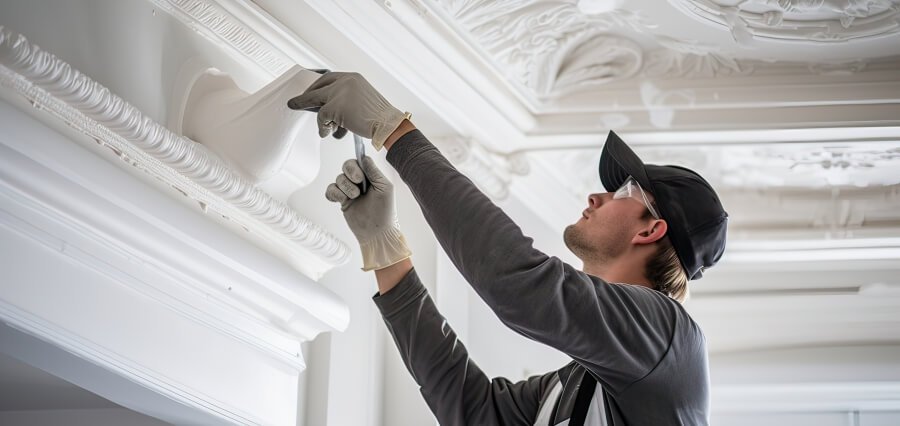Heritage conservation is an essential aspect of maintaining cultural identity and historical continuity. Within this field, architectural preservation and restoration play pivotal roles in safeguarding the physical manifestations of our collective past. Design institutions including universities and specialized training centers are at the forefront of this endeavor, providing the expertise and innovation necessary to preserve and restore historical structures.
Design institutions offer a unique blend of theoretical knowledge and practical skills, which are crucial for effective heritage conservation. They serve as hubs of research, education and collaboration, bringing together architects, historians, engineers, and conservators. This interdisciplinary approach ensures that heritage buildings are preserved for future generations while remaining functional and relevant in contemporary society.
The correlation between design institutions and heritage conservation is profound. These institutions equip students and professionals with the tools needed to tackle the complex challenges of preserving architectural heritage. By integrating traditional techniques with modern technology, design institutions foster a deeper understanding of historical architecture and develop innovative methods for its preservation and restoration.
Join in to understand the vital role of design institutions in heritage conservation, focusing on architectural preservation and restoration!
Educational Frameworks in Design Institutions
Interdisciplinary Curriculum: Design institutions typically offer an interdisciplinary curriculum that blends architecture, history, engineering, and conservation science. This comprehensive approach equips students with a holistic understanding of heritage conservation. Courses often cover topics such as the history of architecture, materials science, structural analysis, and conservation techniques. By studying the historical context and technical aspects of heritage buildings, students learn to appreciate the complexities involved in preservation.
Practical Training and Workshops: In addition to theoretical knowledge, practical training is a cornerstone of heritage conservation education. Design institutions often collaborate with heritage sites, museums and conservation projects to provide hands-on experience. Workshops and field trips allow students to engage directly with historical buildings, learning about traditional construction methods and contemporary restoration techniques. Practical training helps bridge the gap between theory and practice, ensuring that future conservators are well-prepared to apply their knowledge in real-world contexts.
Research and Innovation
Advanced Technologies: Design institutions are at the cutting edge of research and innovation in heritage conservation. They explore the use of advanced technologies such as 3D scanning, laser mapping and Building Information Modeling (BIM) to document and analyze historical structures. These technologies enable precise documentation, structural analysis and the creation of detailed restoration plans.
For example, 3D scanning can capture the intricate details of a heritage building, creating a digital model that serves as a reference for restoration work. Laser mapping allows for the accurate measurement of structural deformations, helping conservators identify areas in need of intervention. BIM integrates various data sources into a cohesive model, facilitating collaboration and decision-making throughout the conservation process.
Sustainable Practices: Sustainability is a key consideration in modern heritage conservation. Design institutions emphasize the importance of using sustainable materials and methods in restoration projects. Research in this area focuses on the development of eco-friendly conservation techniques that minimize the environmental impact while preserving the historical integrity of buildings.
For instance, institutions might explore the use of traditional materials like lime mortar, which is more compatible with historical masonry than modern cement. They may also investigate the potential of new materials and technologies, such as biocompatible polymers, to enhance the durability and sustainability of conservation efforts.
Collaborative Efforts and Community Engagement
Partnerships with Heritage Organizations: Collaboration is crucial for successful heritage conservation. Design institutions often partner with heritage organizations, government agencies and non-profits to undertake conservation projects. These partnerships provide valuable resources and expertise, enabling comprehensive and well-coordinated preservation efforts.
For example, a design institution might collaborate with a national heritage trust to restore a historic landmark. Such partnerships often involve joint research initiatives, shared funding and the exchange of knowledge and best practices. These collaborations ensure that conservation projects are informed by the latest research and adhere to high standards of practice.
Community Involvement: Engaging the community is an essential aspect of heritage conservation. Design institutions play a key role in raising public awareness and fostering appreciation for cultural heritage. They organize public lectures, exhibitions and workshops to educate communities about the importance of preserving historical buildings.
Community involvement enhances the cultural value of heritage sites and encourages local support for conservation efforts. By involving residents in the preservation process, design institutions help build a sense of ownership and pride in local heritage, ensuring that conservation initiatives are sustainable and widely supported.
Conclusion
Design institutions are crucial in advancing heritage conservation through education, research and community engagement, ensuring the preservation and restoration of historical architecture. Looking ahead, the role of design institutions in heritage conservation will continue to evolve, with increasing emphasis on sustainable practices and technological innovations. These advancements promise to enhance the effectiveness and reach of conservation efforts, safeguarding our architectural heritage for the future.





